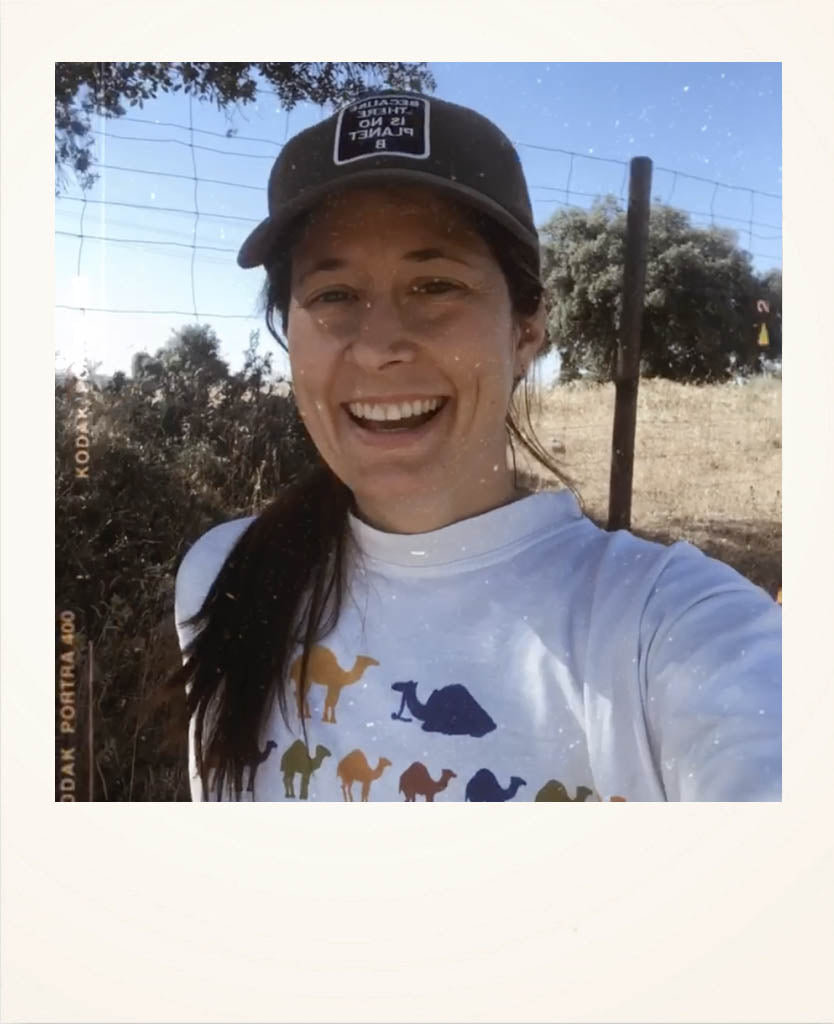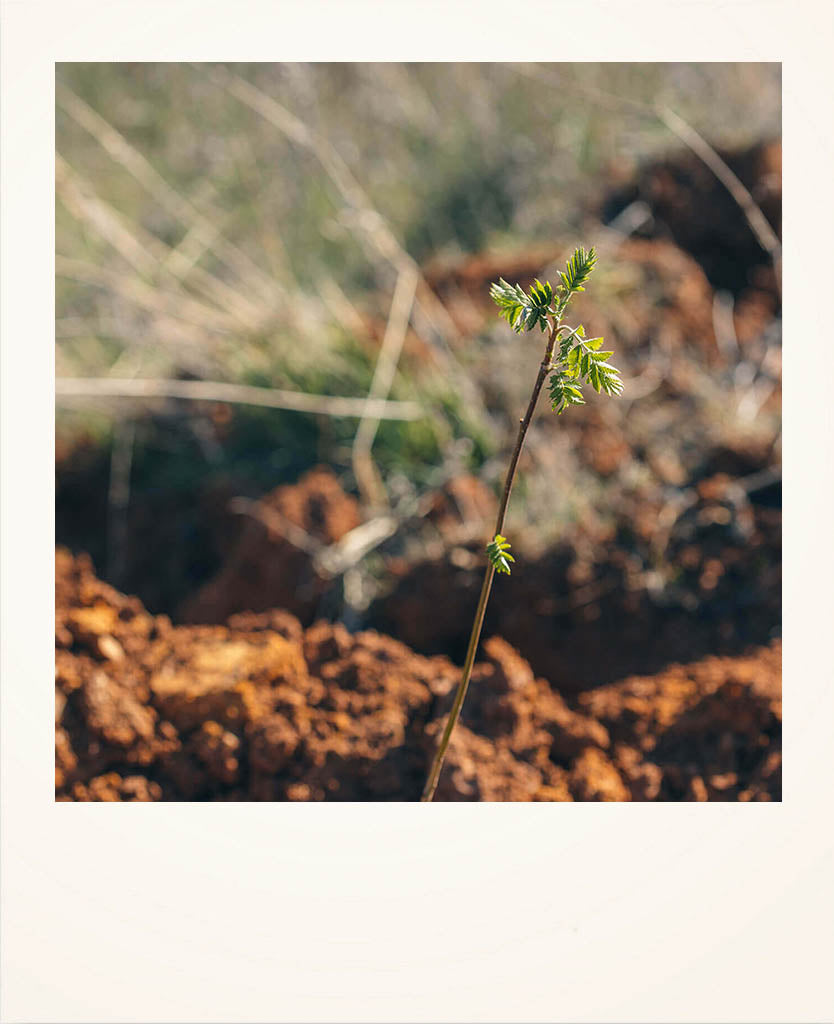In 2006, the Cortes of Castilla-La Mancha approved in an extraordinary plenary session a Law establishing July 17 of each year as Environmental Defender's Day , as a tribute to the eleven forestry workers who lost their lives while fighting the fire that broke out in the Duchy of Medinaceli (Guadalajara) a year earlier.
This day is a day of reflection that promotes awareness of environmental stewardship and responsible action in forest areas. Environmental Defenders' Day is also a sign of gratitude to all those who have given their lives to defend nature and to all those who daily strive to improve and protect our natural heritage.
The environment is the natural setting in which numerous living and non-living beings coexist and interact. It is made up of natural systems (rocks, the atmosphere, vegetation), natural resources, and physical phenomena (water, air, climate, energy, magnetism). All elements are of natural origin, meaning they were not manufactured by humans.
The opposite of the environment is the built environment , all those areas where humans have transformed or added elements of their own making. Nowadays, it's difficult to find 100% natural environments.
Because of their uniqueness and sensitivity, caring for and preserving natural environments is a necessary process to avoid shortening the planet's lifespan. Large industries play a fundamental role in these processes, but it's important that each of us do our part.
Enjoying nature means taking care of it
For those of us who live in the city, summer is often synonymous with nature. But to enjoy it, it's our duty to take care of it. And not only that, but we also take responsibility for the great commitment we have to it.
We want to encourage you to do your part this summer, in addition to enjoying the beach, the mountains, or the countryside. We've talked so much about doing so much. Below are some ideas that might help:
1. Whenever possible, pick up trash from the ground.
We know that right now, the current situation means that picking things up from the floor probably isn't what you're most comfortable with, and we understand. But there's nothing that gloves and a good hand sanitizer can't protect. Besides, it's not about picking up all the trash in your neighborhood in one day. It's about doing a little bit, but often.
2. Collect trash on beaches and seas with 1m2
1m2 is a project by Libera which is driven by the Citizen collaboration to clean up our common home , nature. It reflects that, with everyone's combined efforts, " we can achieve many clean square meters and have a great impact on our natural environment."
FREE – united against litter, It is a project created by the oldest environmental NGO in Spain, SEO/BirdLife , in partnership with Ecoembes , the non-profit environmental organization that promotes the circular economy through packaging recycling to free nature from waste.
The objective of this initiative is raise awareness and mobilize citizens to keep natural spaces free of garbage. To achieve this, LIBERA proposes a three-dimensional approach to the problem: awareness, prevention, and participation.
'1m2 for Nature' is the annual national collaborative effort held around June. However, '1m2' also works specifically and separately in the three ecosystems: terrestrial, riverine, and marine, to carry out qualitative data collection as part of our citizen science program .
With 1m2 for beaches and seas, organizations, collectives, NGOs, and associations linked to the marine and coastal environment—whether professional, environmental, neighborhood, or university— will get to work characterizing the trash found in these environments. Registration is open until September 22nd , and the campaign will end on October 6th. If you're interested in participating, you can sign up here .
3. If you want to see animals, think twice.

Summer is a time of year when we usually take advantage of the opportunity to travel. We want to visit new landscapes, remote places, and come into contact with animals we're not used to seeing . And although traveling may be a little more complicated this year, we want you to be mindful of the animals you want to see, whether here or thousands of miles away. See if this sounds familiar:
“How many times have you come across activities while traveling where animals are the main characters? Have you ever been offered a photo opportunity with a macaque or a gibbon? Perhaps the travel agency offered to include an elephant ride or a visit to a tiger center where you could take photos with cute little cubs in your package. Or maybe when hiring a guide in a big city, they took you to a zoo or farm with a dubious reputation, or to a show with snakes, crocodiles, etc., etc. Welcome to the world of tourist traps and animal abuse!” ( ConMochila ).
It's very important to keep in mind that when we talk about animal abuse , we're not necessarily referring to physical abuse. "Captivity and deprivation of liberty, starving or depriving an animal of its freedom, preventing it from expressing its natural behavior, mutilating it (removing nails or teeth), or causing stress by forcing it to perform activities against its nature are practices just as cruel as aggression."
Once you understand the concept, the next step is to find out about the center you want to visit. There are many good options where, in addition to enjoying the local wildlife, you'll be contributing to a worthy cause, such as sanctuaries and rescue centers. However, keep in mind that some are not transparent or sincere with their intentions, as their sole objective is to enrich themselves at the expense of the poor animals. There are many ways to determine whether a center is trustworthy or not. One of them is that rescue or recovery centers will always provide information about the origins of each animal.
If you want to know How to travel responsibly , we advise you to take a look at this article or this one guide . As we always say: The most important thing is to be informed , because that's where the ideas come from. more conscious decisions with the environment.
4. This year, give gum another use
Surely we all are guilty of leaving gum where it shouldn't be . Whether as children at school or out of pure necessity. The fact is that we are all guilty of having stained nature in that waste that is small but tough , and now It is our chance to redeem ourselves.
We introduce you to Gumdrop Ltd , the first company in the world to recycle and convert chewing gum into a new compound that can be used in plastics and rubber industry . It is a company that also collaborates with manufacturers and companies to make products Made from recycled chewing gum . Thanks to Gumdrop a piece of gum can become a variety of products : from Wellington boots to mobile phone cases, pencils, packages and much more. Do you dare to give your gum a second life?
Let's chat in the comments!
Tell us in the comments what activity caught your attention the most and what other things do you plan to do? to become a true defender of our environment this summer.




